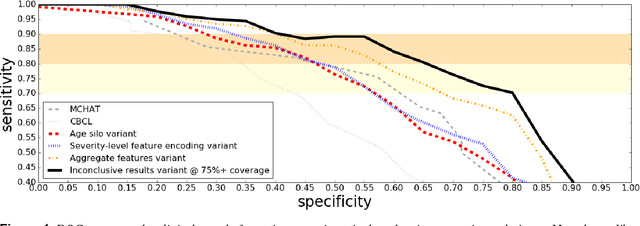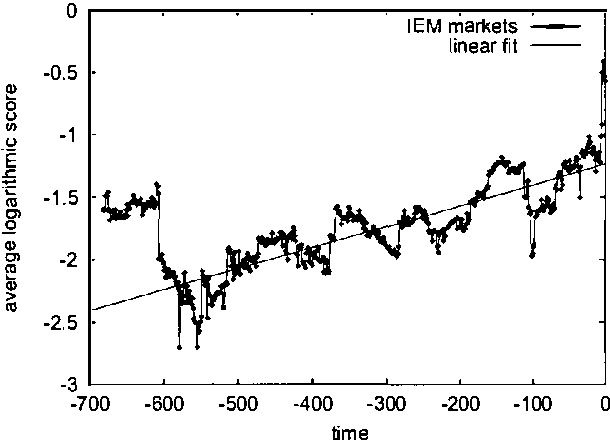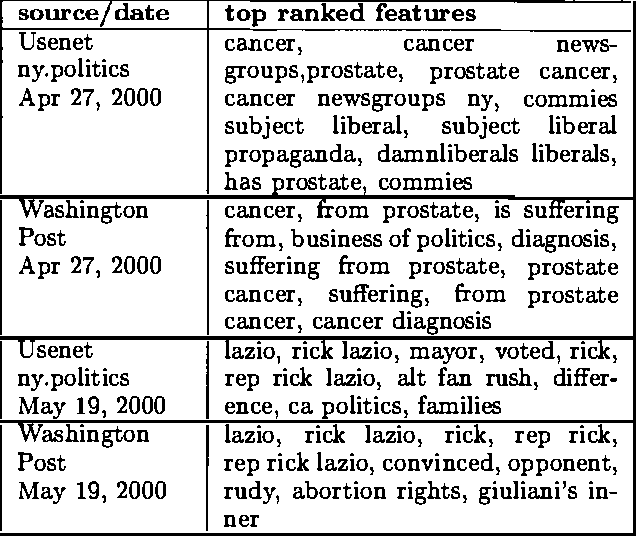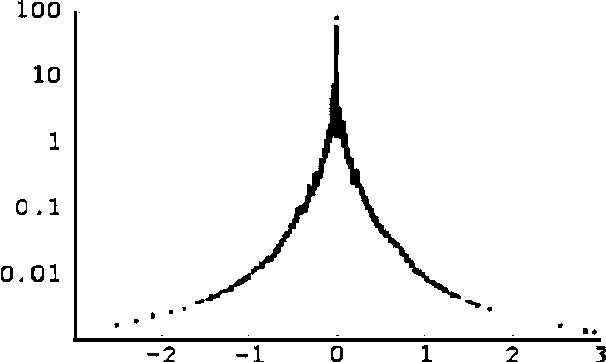Eric Glover
Machine learning approach for early detection of autism by combining questionnaire and home video screening
Mar 15, 2017



Abstract:Existing screening tools for early detection of autism are expensive, cumbersome, time-intensive, and sometimes fall short in predictive value. In this work, we apply Machine Learning (ML) to gold standard clinical data obtained across thousands of children at risk for autism spectrum disorders to create a low-cost, quick, and easy to apply autism screening tool that performs as well or better than most widely used standardized instruments. This new tool combines two screening methods into a single assessment, one based on short, structured parent-report questionnaires and the other on tagging key behaviors from short, semi-structured home videos of children. To overcome the scarcity, sparsity, and imbalance of training data, we apply creative feature selection, feature engineering, and novel feature encoding techniques. We allow for inconclusive determination where appropriate in order to boost screening accuracy when conclusive. We demonstrate a significant accuracy improvement over standard screening tools in a clinical study sample of 162 children.
Modelling Information Incorporation in Markets, with Application to Detecting and Explaining Events
Dec 12, 2012



Abstract:We develop a model of how information flows into a market, and derive algorithms for automatically detecting and explaining relevant events. We analyze data from twenty-two "political stock markets" (i.e., betting markets on political outcomes) on the Iowa Electronic Market (IEM). We prove that, under certain efficiency assumptions, prices in such betting markets will on average approach the correct outcomes over time, and show that IEM data conforms closely to the theory. We present a simple model of a betting market where information is revealed over time, and show a qualitative correspondence between the model and real market data. We also present an algorithm for automatically detecting significant events and generating semantic explanations of their origin. The algorithm operates by discovering significant changes in vocabulary on online news sources (using expected entropy loss) that align with major price spikes in related betting markets.
 Add to Chrome
Add to Chrome Add to Firefox
Add to Firefox Add to Edge
Add to Edge